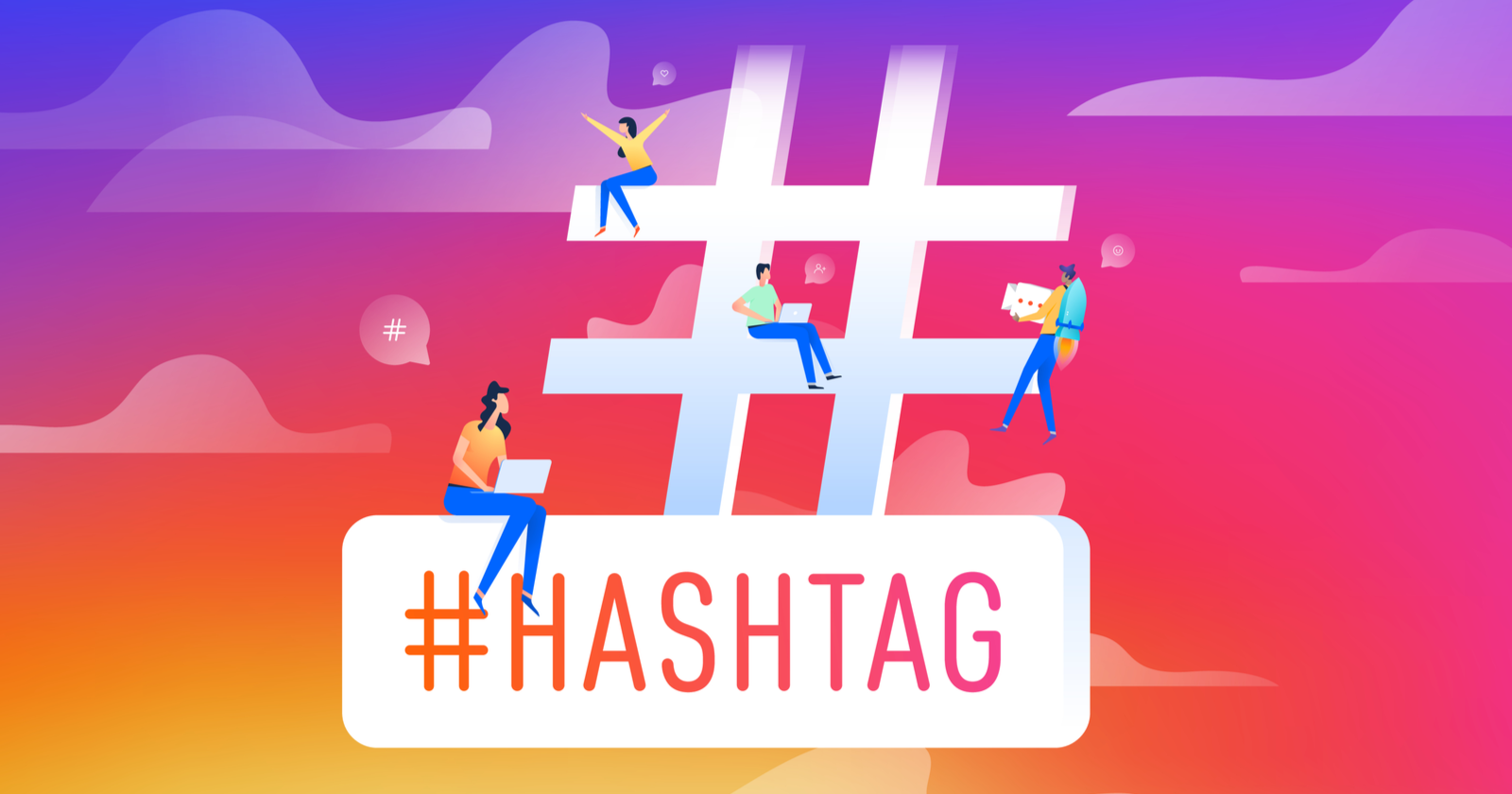When Aiming to Engage Audiences, Instagram Offers a Variety of Tools at the Disposal of Marketers, But They Must be Used Correctly to Maximise Efficiency in Output
In order to find success on social media platforms, marketers will want to ensure they are able to drive engagement on the ones they utilise. However, in order to do so, they must understand how the tools they use work in order to make sure they use them to their full potential.
Instagram has recently tried to facilitate this through new forms of tagging, as well as changing how their hashtag systems work. Recently, Instagram released Product Tags, allowing users in the US to tag various items in their posts. Additionally, Instagram have removed the “Recent” tab from hashtag searches, instead focusing more on the recent posts and reels available in order to drive hashtag efficiency. This coincides with Adam Mosseri admitting hashtags aren’t effective in driving engagement, but are instead a tool of categorising posts.

All of this comes at a time where Instagram appear to want to further evolve how their users utilise the platform. From product searches to content exploration, these changes should allow users to more easily use the platform. Furthermore, this will also enhance how brands engage with their target audience, as it allows users to directly access the products from the post themselves.
Giving an overview of how the tagging systems works also helps to establish relationships with the consumers and the different sponsorships they might have. As such, this should also enable these relationships to bleed over to the influencer audiences, potentially reaching target audiences they didn’t originally intend to.

Furthermore, this should also help brands understand how they can use hashtags more efficiently. With there being no variation in engagement with hashtag usage, this should help brands reach the more specific targets necessary, as well as focus their efforts elsewhere. However, this could change the way these businesses choose to engage with their users online, which may require strategy evolution as well.
In introducing these changes and systems, Instagram have opened up a range of potential avenues of engagement for businesses to optimise. Whether or not these will have a significant impact on their marketing strategies will depend on how they are implemented in the long-run.
Finally, for our previous #SocialShort, click here.






